|
I enjoy featuring animals that show up in my novels. Today's Awesome Animal appears in Infusion. Haven't read Infusion yet? Hmm... you know, there's a painless and reliable cure for that unfortunate condition. Anyway, there is a scene where Bobby asks the Lamotelokokhai to prove to him that it has detailed knowledge of every living creature it has ever encountered in the past. The result of this request is rather shocking. I'll just say it involves creating a Cuscus, an unusual and extremely adorable creature. So what the heck is a Cuscus? Pronounced "cuss-cuss." Like many of the mammals of Australia, New Guinea, and the surrounding islands, cuscuses are marsupials (their young develop outside the mother's body in a pouch). Generally, they are considered possums, and there are four genera and about 23 species (although since they live high in the canopy of remote tropical forests, it wouldn't surprise me if a few more species were eventually discovered). Okay, before I go on to the amazing facts, just take a moment to look at the photo above. Check out that face! I think I need to nominate the cuscus as the animal most likely to be mistaken for a cartoon character. Amazing facts about Cuscuses I mentioned above that it is possible new cuscus species could be found. This is because they live in some of the most inaccessible forests in the world. In fact, a new species was discovered in 2009, in the forest that covers an inactive volcano in Papua New Guinea called Mount Bosavi. It was named the Bosavi Silky Cuscus. See image below. And check out this video of the discovery of the Silky Cuscus in 2009. Most cuscuses are about the size of a housecat (body length about 18 inches with a tail about the same length). They have round heads with small ears that are usually hidden by fur, which makes that tennis ball-like head seem even more spherical. But one of the most amazing things about their appearance is their colors. They can be black, brown, gray, and sometimes lighter colors such as tan, white, or cream. In fact, they can even be a mix of these colors, with a spotted or mottled appearance. Because of this, they are perhaps the most colorful of all marsupials. The females and males often have different colors, allowing us to distinguish between genders. And their colors often change as they mature. Check out the spotted cuscus featured on this Papua New Guinea stamp: Cuscuses spend almost their entire lives in trees. To help them climb, they have some interesting adaptations. For example, they have prehensile tails that look almost like very long fingers. These tails can grip so hard that it is difficult for a person to loosen them if the cuscus is determined to hold on. They also have opposable digits, like a human's opposable thumb, only cuscuses also have opposable toes. The biggest danger to cuscuses is the loss of tropical forest habitat. And their main predator of is humans. They are widely hunted for food and their fur, especially in New Guinea. Other than humans, they are sometimes eaten by pythons and birds of prey. Cuscuses usually sleep on branches in the open, with their heads tucked between their legs. To help with camouflage, they sometimes pull leaves and branches over their bodies. However, there are some species (like the Ground Cuscus, pictured below) that live in burrows and move to the trees at night to feed. Cuscuses are marsupials, so they give birth to young after a very short gestation period, typically only a couple weeks. But then the babies crawl to the mother's pouch, where they continue to develop for six to seven months. Oddly enough, although two to four are usually born, only ONE will survive and emerge from the pouch to live on its own. Okay, I think I've decided what it is about the appearance of these creatures that intrigues me so much. It's their eyes! Obviously, cuscus eyes are adapted for seeing at night. But the way they are arranged on the face for looking forward and the bulging roundness of them gives these creatures an appearance unlike any other mammal. Below is the Sulawesi Bear Cuscus. So, the cuscus deserves a place in the M.B.A.H.O.F. (Mind-Blowing Animal Hall of Fame). FUN FACT: The term mind-blowing originated in the 1960s drug counterculture. Its original meaning was producing hallucinatory effects. But it has gradually evolved to have a more general meaning: something that is so shocking, surprising, unexpected or wonderful that your brain cannot comprehend it. So it is another way to say awesome. Photo Credits:
Bluer-eyed Cuscus - Australian Geographic Bosavi Silky Cuscus - National Geographic Spotted Cuscus on PNG stamp - Post PNG Baby Ground Cuscus - ZooBorns Sulawesi Bear Cuscus - Indonesia Travel
0 Comments
Leave a Reply. |
Stan's Cogitations
Everyone needs a creative outlet. That's why I write. Archives
April 2024
|

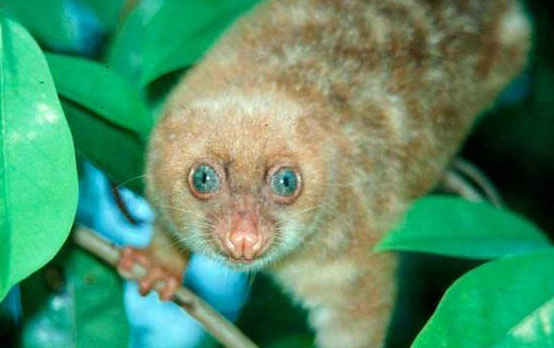
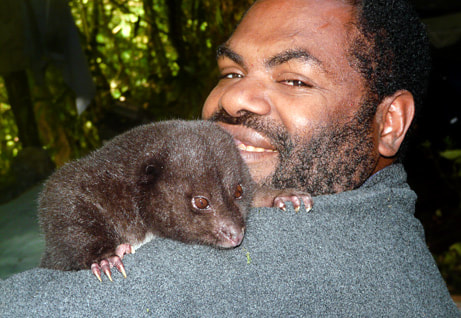
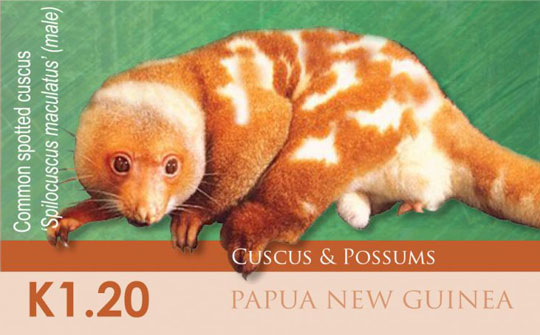
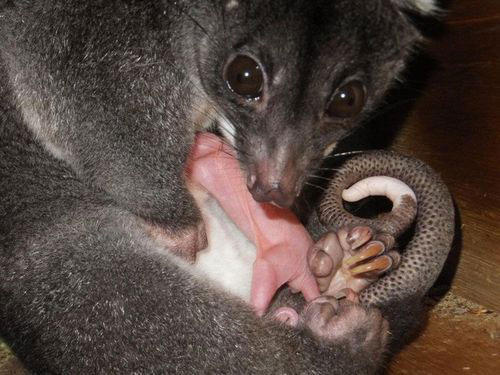
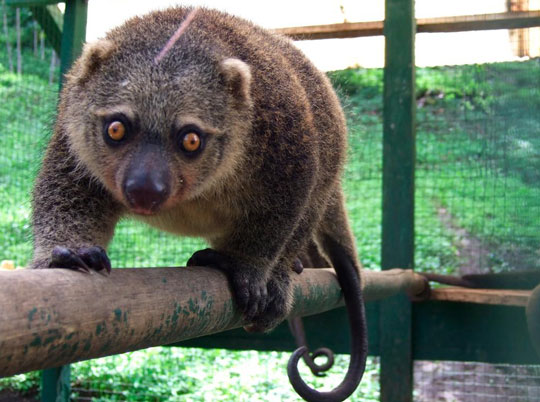
 RSS Feed
RSS Feed